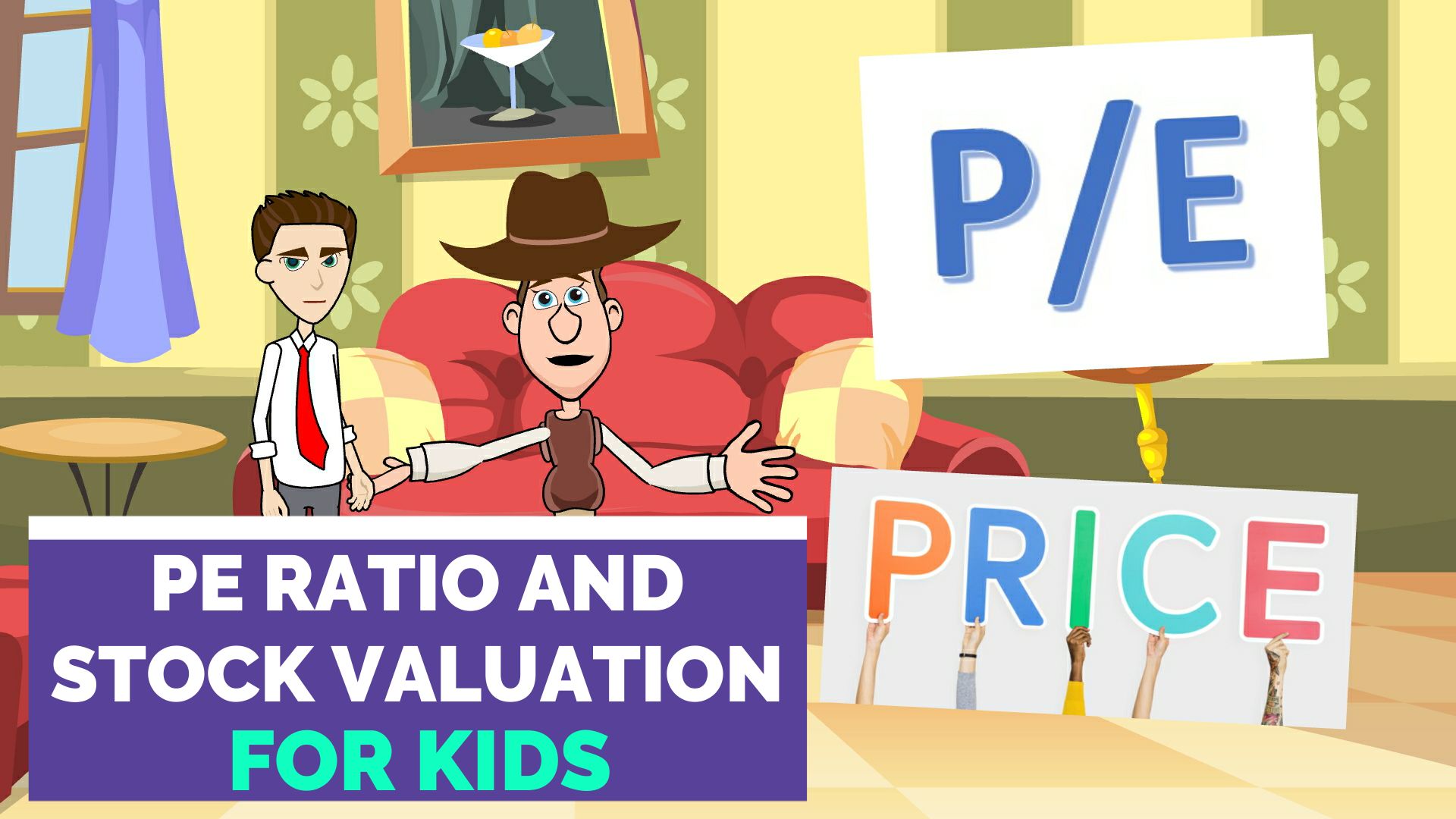When we talked about PE ratio, you told me that it can be used to judge whether a stock is over-priced or under-priced. So, does a low PE mean that a stock is under-priced, and a high PE mean that the stock is over-priced?
Not really. Just knowing a stock’s PE ratio doesn’t help much. You cannot say that a stock with a PE of 5 is inexpensive, or a stock with a PE of 50 is expensive.
How exactly can the PE ratio be used then?
A stock’s PE ratio should be compared with the PE ratio of similar-sized companies from the same sector. If it is higher, the stock may be over-priced, and if it is lower, the stock may be under-priced.
A stock’s PE ratio can also be compared with its own PE ratio from the past to determine if it is over-priced or under-priced based on whether it’s going up or down over time.
Should I use trailing PE ratio, or forward PE ratio?
Both trailing and forward PE ratios can be used for your analysis. A forward PE ratio can give a better idea about valuation because it takes the company’s future into account, but it can also be inaccurate because your estimate of the company’s future EPS could be incorrect. A trailing PE ratio is very accurate, but doesn’t take the company’s future into account. Whichever PE you decide to use, use it consistently for all companies during your analysis.
What are the factors that impact a stock’s PE? What decides whether it is high or low?
There are many factors that influence a stock’s PE. In a bull market, PE ratios of most stocks are high. On the other hand, PE ratios of most stocks are low in bear market.
One thing you should keep in mind is that companies that are expected to grow at a fast pace tend to have a higher PE ratio compared to mature companies with stable growth, because people are willing to pay more for the future higher profit of such a company.
To continue the same logic, companies in growing sectors – like technology – usually have higher PE ratios than companies in mature sectors, like textile manufacturers.
So, can I make a buy or sell decision based purely on the PE ratio analysis?
PE ratio is only a starting point. You need to perform further analysis to determine why the PE ratio of a stock is high or low. You would use other indicators like the company’s growth rate, its dividend payment, the industry it operates in, etc for this. This kind of analysis is called fundamental analysis. But that’s a topic for another time…
Podcast: Using Price Earnings (P/E) Ratio for Stock Valuation
Fun, informative and concise episodes by a 10-year old, breaking down complex financial concepts in a way that kids and beginners can understand. Episodes cover personal finance topics like saving, investing, banking, credit cards, insurance, real estate, mortgage, retirement planning, 401k, stocks, bonds, income tax, and more, and are in the form of a conversation between a cowboy (a finance novice) and his friend, a stock broker. Making finance your friend, only at Easy Peasy Finance.
A little bit about me: I have been fascinated with the world of personal finance since I was 6! I love to read personal finance books, and keep myself updated on the latest by reading various personal finance magazines. My friends often ask me questions about finance because they find it complex and intimidating. That’s what inspired me to start my YouTube channel called Easy Peasy Finance when I was 8, and this podcast 2 years later.
Everything you need to know about using the Price Earnings (P/E) Ratio for stock valuation: How to interpret P/E Ratio during stock / equity investing, Does a low P/E mean that a stock is under-priced and a high PE mean that the stock is over-priced, How should the P/E ratio be used, Should you use trailing P/E ratio or forward P/E ratio, What are the factors that impact a stock’s P/E, What decides whether the P/E ratio is high or low, Can you make a buy or sell decision based purely on the PE ratio analysis, and more.
Show notes and transcript at:


